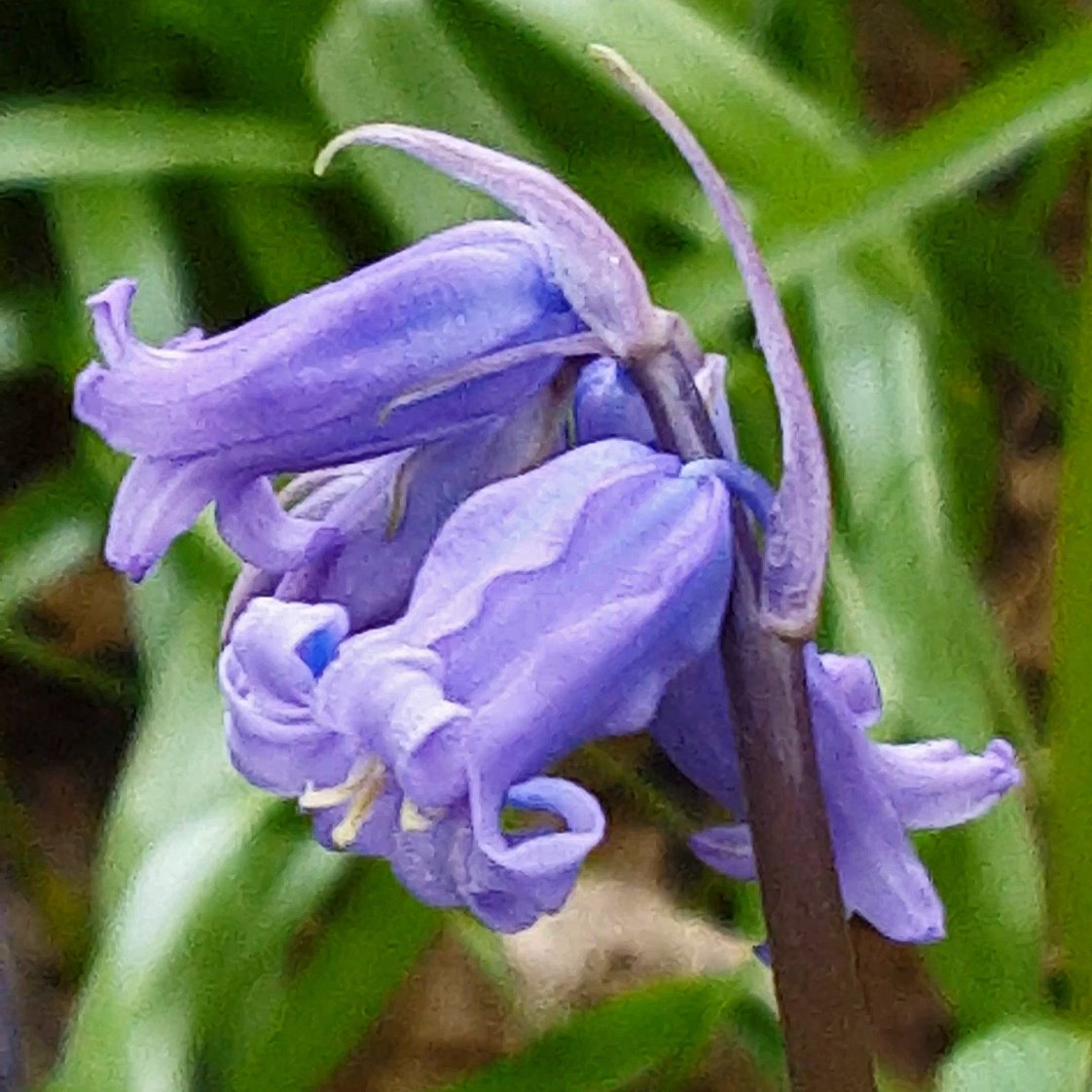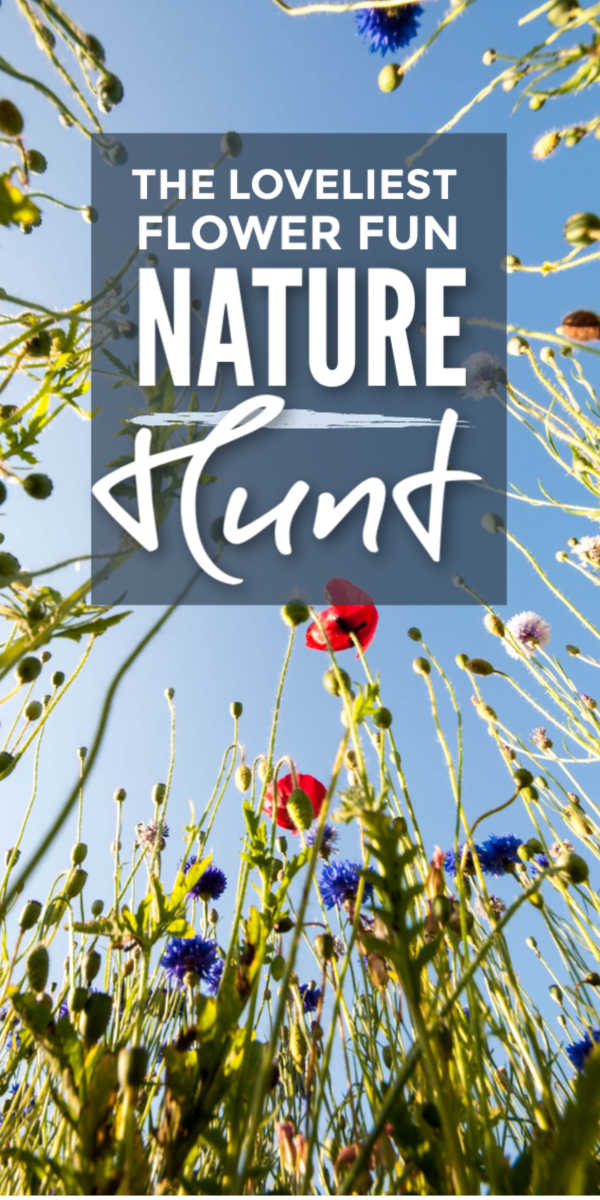Wild flowers are popping up all over.
And it's the best time for a wildflower nature hunt.
But for a seriously epic wildflower hunt your kids will love.
They've got to learn to see like a bee!
You what?
Well the thing is, wild flowers depend on clever little bees pollinating them ...
AND bees have awesome colour vision.
But they see different primary colours to us.
So they see wild flowers in a very different way.
Different Primary Colours
Bees - like us - have three photoreceptors in their eyes.
So all the colours they see are based on three primary colours.
BUT whilst our photoreceptors see blue, green and red.
The bees see blue, green AND ultraviolet.

We obviously can't see the ultraviolet.
AND the bees CANNOT see red!
Wild Flower Colours
Now your local wild flowers don't give a monkeys about what you and your kids can see.
I'm afraid.
The wild flowers care about the bees.
And do everything they can to get the bees to visit them.
SO if you head out into the park or the woods in spring, you'll see many wild flowers are different shades of blue or purple or violet ...

Find The Blue Flowers
So the first thing to look for on your wildflower hunt?
ALL the blue and purple and violet flowers you can.
In London our wonderful woods - yep we have forest right here in London! - will soon be covered in carpets of bluebells and violets ...

You may have different wild flowers around you.
It doesn't matter.
And don't worry if you don't know their name.
The bees don't either 😉
Just spot all the blue and purple flowers you can.
Oh AND errm .... the yellow ones.

Because - you see - they're NOT really yellow!
Yellow Flowers Aren't Yellow!
You what?
Yep, if you're gonna see like a bee remember yellow IS blue!
There's a fab picture here showing what the bee sees on a flower we thought was yellow!
That's the ultra violet at work for you.
AND it's the same for the white flowers

Because - yep you guessed it - white is actually blue. For bees.
So stage two of your wildflower nature hunt is ...
... look out for all the yellow AND white wild flowers.

And as you're spotting those flowers buzz in close.
So you can truly see what the bee is seeing.
Buzz In Close
And you know what?
This is when your mobile phone actually earns it's keep.
Because the camera makes an outstanding magnifying glass as it lets you see the details the bee spots so easily including the signposts in the middle of the wildflowers ...
... which mean, "come this way!"

Come This Way
On some wildflowers the signposts are pretty clear.
On others like these celandine they're harder for us to spot ...

They would be much clearer if we could - like the bees - see ultraviolet.
But the common destination of all these wildflower signposts is yummy pollen.
The wildflowers use colour differences to tell the bee "food this way".
So the bees will spread the flower's pollen.
And critically take it to the stigma of another flower.
That's the tiny tube right at the centre through which pollen must travel to fertilise the flower's eggs.

So while you're buzzing in all those wildflowers get some pollen on your fingers ...
... take it off to another flower ...
... and see if you can spot the stigma to drop it on.
And there you go.
A fantastic wildflower nature hunt in which you learn to see like a bee.
And actually pollinate some flowers.
For more simple but powerful plant science experiments and nature activities do check out these posts and follow me on Pinterest:
- Dissecting Daffodils With Kids
- Growing Pussy Willow Catkins
- Petal Paintings To Explore Pollination
- Feather Writing On Tree Bark
- Growing Mushrooms With Kids
- Growing Zucchini With Kids













mary lee norfleet says
Thank you. We at the Jeffers Bend Botanical Garden have school classes come for a day. I am going to use this idea and expand the hunt to include hummingbirds and butterflies. We have 6 sessions and repeating the idea is perfect. Again, Thank you for this work.
Alice says
I am so glad you enjoyed it. We don't have hummingbirds in the UK but now you've got me all interested to find out what colours they see!
Joana Marcon says
Hello!
I'm a teacher in Brazil and my class is developing a project about the importance of bees for the planet. Your blog is very interesting and brought great ideas to add to our activities! Congratulations!
A big hug,
Teacher Joana and the 1st grade class at Impulso Pio X School.
Caxias do Sul, Rio Grande do Sul, Brazil
Alice says
That is so wonderful to hear Joana